[up]Loaded Bodies exhibitions / Curatorial statement
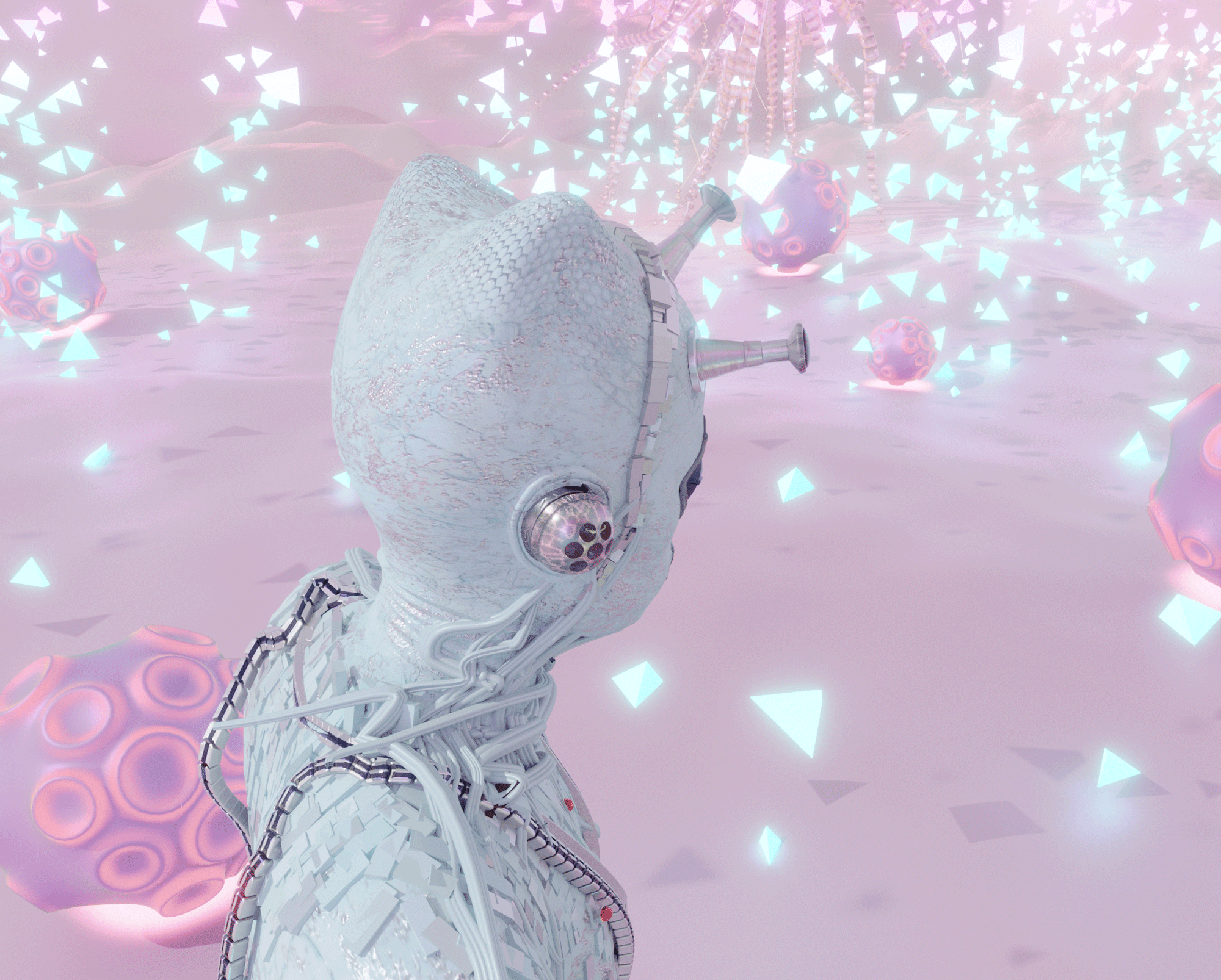
[up]Loaded Bodies exhibitions
Curatorial statement
Trøndelag Senter for Samtidskunst, Kjøpmannsgata Ung Kunst, TEKS.studio , V2_
Curators: Zane Cerpina, Boris Debackere, Espen Gangvik, Florian Weigl.
Grand narratives of escapes into digital wonderlands hit us time and again. What does the journey beyond the screen promise us today? Is it a one-way ticket to a boundless experience inside the perfect avatar body? A utopian fantasy of an eternal party in cyberspace? What can we truly expect from this virtual tourism? Will it live up to its promises? How high are your digital expectations? And are you prepared to leave your physical confines at the departure hall, while your mind embarks on a spectacular voyage into virtual realms?
The [up]Loaded Bodies exhibitions of Meta.Morf 2024 present artists who explore the technological body caught between virtual ecstasy and digital obesity. Reflecting on the biennale theme, the featured artworks probe the complexities of identity, embodiment, and experience in the digital era, offering a myriad of perspectives that span from the hopeful to the critical. In a joint effort, the curators of TEKS and V2_ Lab for the Unstable Media, devised the conceptual framework and selection of works. The [up]Loaded Bodies exhibitions unfold across four venues: first at three galleries in Trondheim: i) K-U-K – Kjøpmannsgata Ung Kunst, ii) Trøndelag senter for samtidskunst, and iii) TEKS.studio, then iv) in Rotterdam at V2_, Lab for Unstable Media.
Why stay within your physical confines? Digital technologies can help you to become anyone. How about embodying an everyday object? The interactive installation, “Unconventional Self” (2023), lets you see and act as furniture. Werner van der Zwan and Charl Linssen’s project invites you to explore the world from the perspective of a folding chair. Put on the VR headset and traverse the world through your new body.
How would AI act in the world if it had a physical body? In “PL’AI” (2020), Špela Petrič lends AI physical body parts so that it can interact with cucumber plants. The living artwork and its video documentation let you witness the playful encounter between these two non-human entities.
And what if AI was in control of human body extensions? “7 Configurations: The Cycle” (2015-2019) by Marco Donnarumma features robotic AI prostheses that have minds of their own. Whether it is the “Amygdala” —a skin-cutting robot— or “Rei” —which blocks the wearer’s gaze with a mechanical arm— these robotic objects operate beyond human needs or demands.
Have you pondered the parallels between the coding of our DNA to that of machines? The robotic installation “Requiem for an Exit” (2024) by Frode Oldereid and Thomas Kvam delivers a monologue about the intricate programming intrinsic to our genetic inheritance. This uncanny machine-human hybrid depicts evil as something deeply embedded within the human genome.
The ontological gap between humans and machines is further examined by Tim Høibjerg, in his narrative-based installation “Ejector” (2023/2024). This contemplative work explores the sense of self from the perspective of virtual entities, such as AI. Can you now sense the pulse of life within the digital?
Humans seek the familiar in everything around them. Digital technologies accelerate this pursuit further. In “Pareidolia” (2019), Driessens & Verstappen apply face detection software to individual sand particles in search of human portraits. Is anyone familiar?
Meanwhile, the video installation “Turing Gaia: Entering Thermodome” (2024), by Martinus Suijkerbuijk featuring Øystein Fjeldbo, makes you sympathize with a Non-Playable Character as he adapts to extreme weather events. Will climate change ever reach the virtual landscapes? Is this dark tourism gone digital?
What becomes of our corporeal confines while we indulge in virtual tourism? Marnix de Nijs’ “Gravitational Bodies” (2024) presents an anti-gravity installation that allows users to abandon the constraints of their physical bodies. Will your body ever feel the same after the return from the digital realm?
As we navigate these virtual spaces, the body is put into the bargain. Your personal data and free labor are harvested online to power machine learning. Cadie Desbiens-Desmeules disrupts this in her work “I’m not a Robot” (2021) by feeding thousands of cat images to an AI model designed to identify cars. The resulting images are unrecognizable to both bots and humans. Test your own luck to tell the difference in this interactive installation.
Digital technologies melt the horizon between virtual and real, yet all bodies stick with their materialities. In “Hotspot” (2023), Marlot Meyer links all audience members to an interactive AI-based system. Enter the installation, and upload your biosignals to the hotspot.
Paula Strunden invites you to become a performer in her immersive mixed-reality installation “Rhetorical Bodies” (2024). Enter the dancefloor to expand your physical constraints and try on fluid digital identities. The movements transform the sounds and visuals, creating a captivating theatrical spectacle.
While we immerse ourselves in the digital cloud, Marie-Luce Nadal’s installation “Vie d’ailleur” (2022) showcases a real cloud harvested from the skies in Cambodia. In her second work, “Making the Clouds Cry” (2015), she shoots a crossbow into the sky. Inspired by the practice of cloud seeding, this literally makes the sky cry.
On- or offline, our turbulent digital travel schedules continue to affect bodies and shape identities. Fasten your digital extensions and prepare for the Meta.Morf 2024 – [up]Loaded Bodies exhibitions to take you on a joyride, exploring the liminal space between the virtual and physical. The featured artists will take you through a rollercoaster of experiences from the perspective of both humans and machines, encouraging us to reconsider our next destination.
Whether you are a human longing to be uploaded into a new virtual body or an AI looking to interact with physical reality, this is no holiday. This is life as we know it in the 21st century.
Zane Cerpina / Boris Debackere / Espen Gangvik / Florian Weigl, 2024
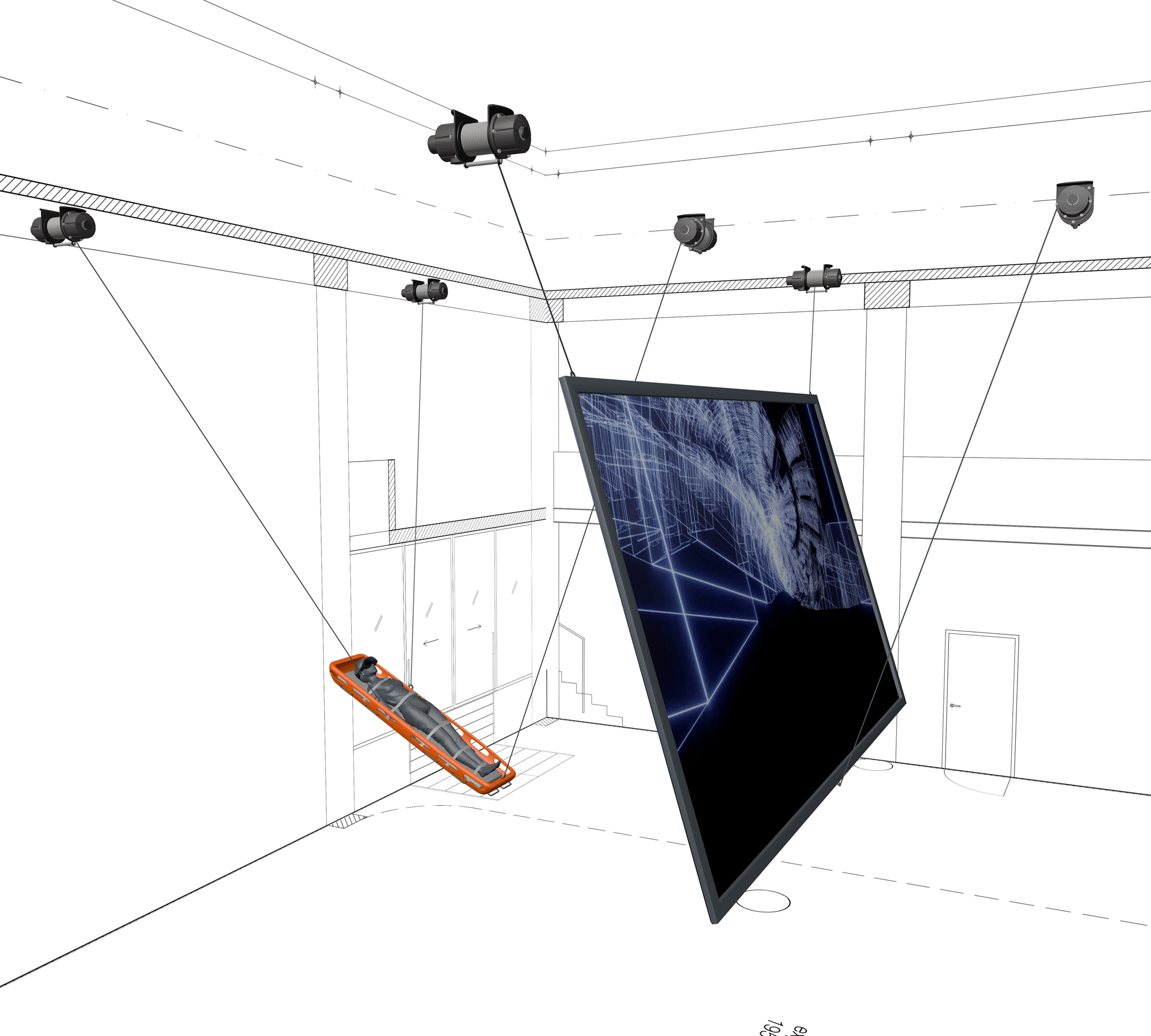
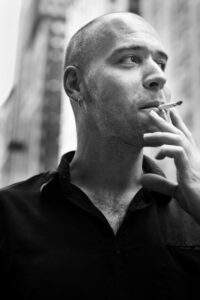 Marnix de Nijs (NL) b. 1970, is a Rotterdam-based installation artist. After graduating as a sculptor in 1992, he focused his early career on sculpture, public space, and architecture. Since the mid 90’s, he has been a pioneer in researching the experimental use of media and technologies in Art. His works include mainly interactively experienced machines that play with the perception and control of image and sound, but also radical and humorous pieces such as his Bullet Proof Tent and the Physiognomic Scrutinizer belong to his oeuvre.
Marnix de Nijs (NL) b. 1970, is a Rotterdam-based installation artist. After graduating as a sculptor in 1992, he focused his early career on sculpture, public space, and architecture. Since the mid 90’s, he has been a pioneer in researching the experimental use of media and technologies in Art. His works include mainly interactively experienced machines that play with the perception and control of image and sound, but also radical and humorous pieces such as his Bullet Proof Tent and the Physiognomic Scrutinizer belong to his oeuvre.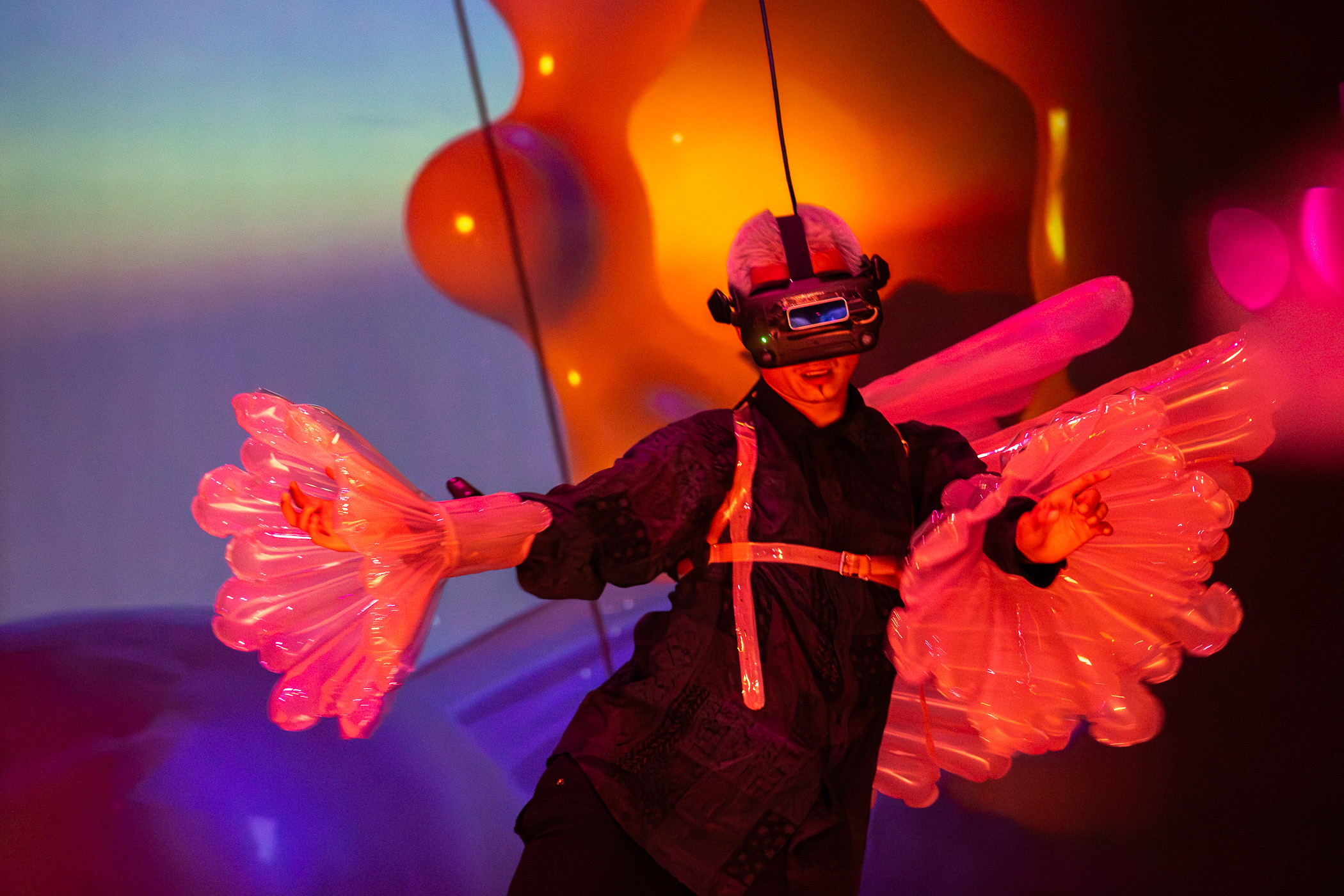
 Paula Strunden (DE/NL) is a transdisciplinary XR artist with a background in architecture. She studied in Vienna, Paris, and London and worked at Raumlabor Berlin and Herzog & de Meuron Basel. Since 2020, she has been conducting her design-led PhD as part of the Horizon 2020 European research network “TACK: Communities of Tacit Knowledge – Architecture and Its Ways of Knowing” at the Academy of Fine Arts Vienna.
Paula Strunden (DE/NL) is a transdisciplinary XR artist with a background in architecture. She studied in Vienna, Paris, and London and worked at Raumlabor Berlin and Herzog & de Meuron Basel. Since 2020, she has been conducting her design-led PhD as part of the Horizon 2020 European research network “TACK: Communities of Tacit Knowledge – Architecture and Its Ways of Knowing” at the Academy of Fine Arts Vienna.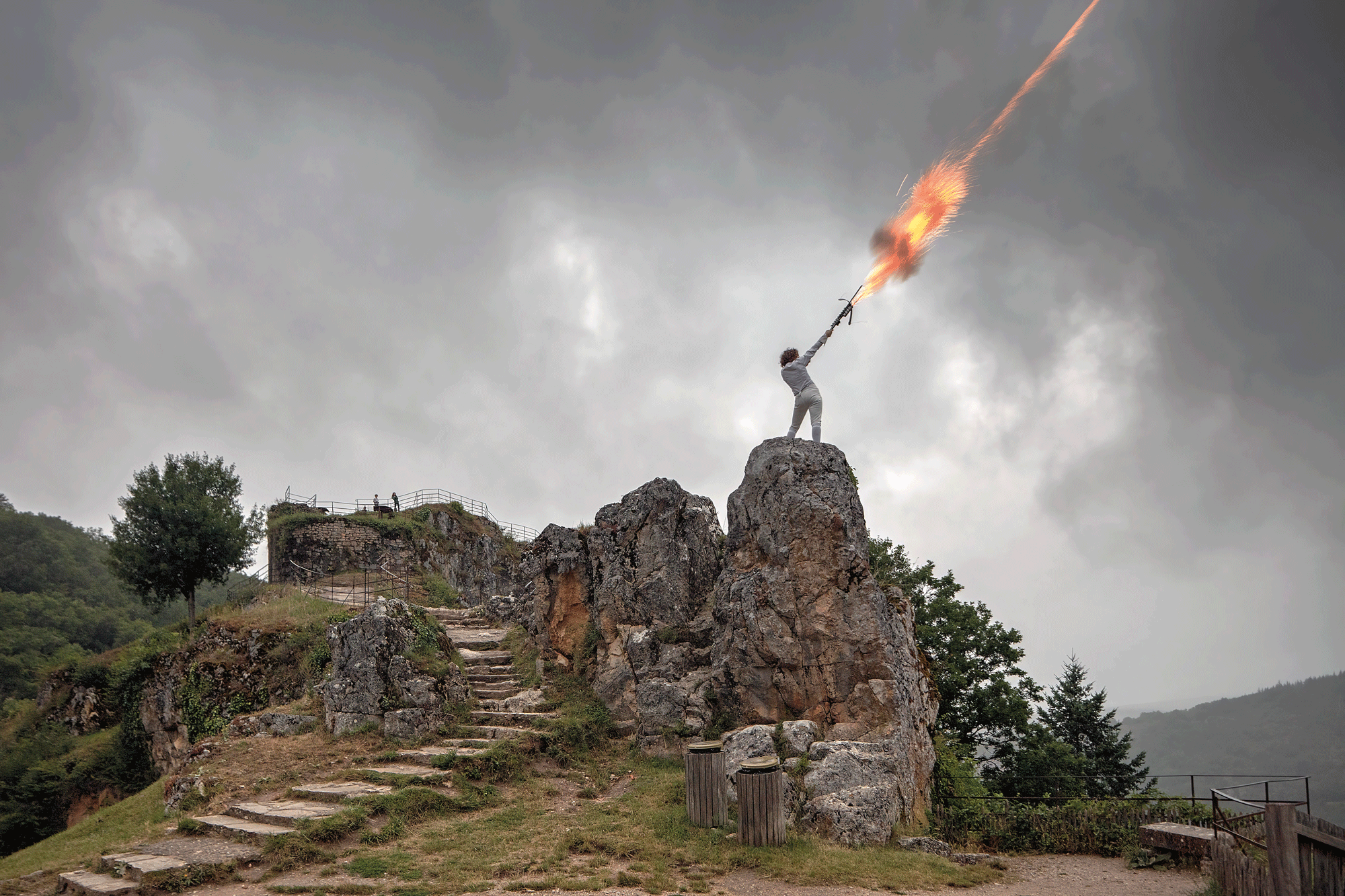
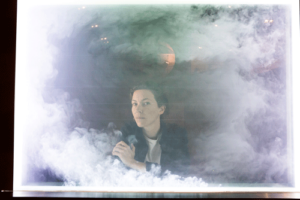
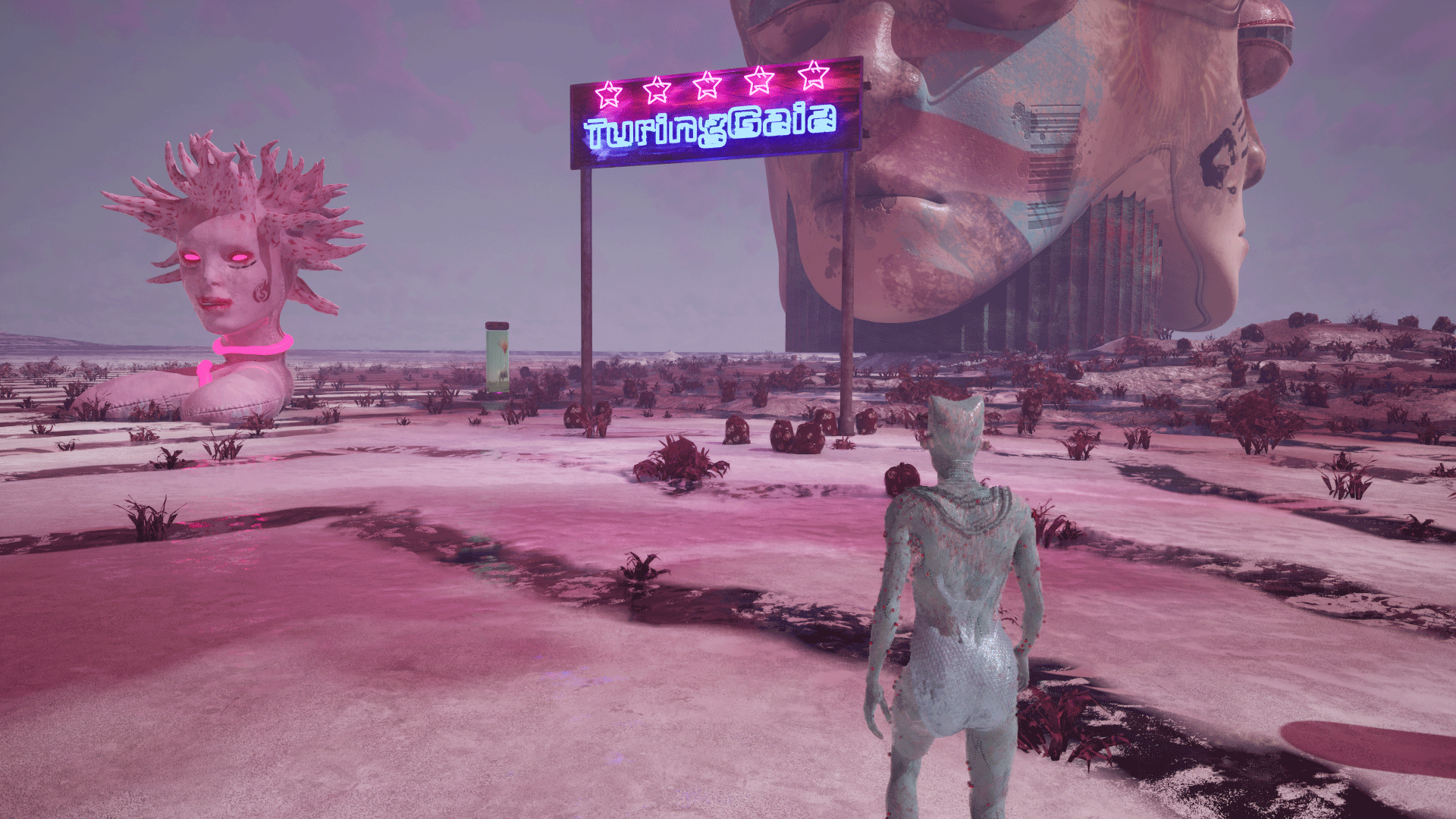

 Øystein Fjeldbo (NO)
Øystein Fjeldbo (NO)